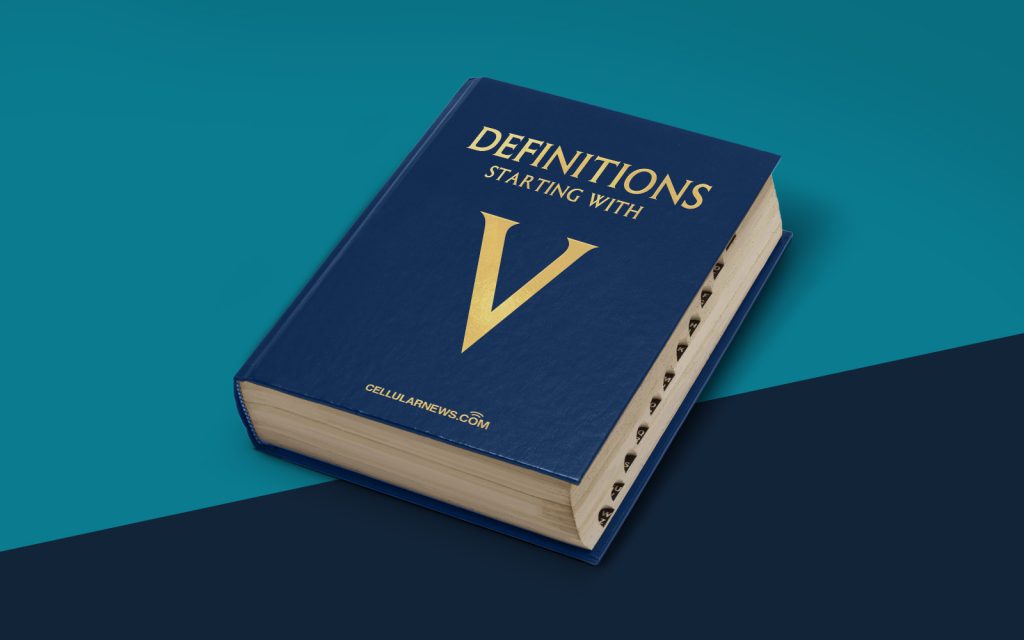
Unlocking the Power of Vision: Explore the World of Vision Processing Units (VPUs)
Technology is evolving at a rapid pace, pushing the boundaries of what we once thought was possible. Just when we think we’ve seen it all, a new innovation emerges, revolutionizing the way we perceive and interact with the world around us. One such breakthrough in the realm of artificial intelligence and computer vision is the Vision Processing Unit, or VPU for short.
Key Takeaways:
- Vision Processing Units (VPUs) are specialized processors designed to optimize and accelerate computer vision tasks.
- VPUs enable real-time object recognition, image segmentation, and other complex vision tasks with high accuracy and efficiency.
So, what exactly is a Vision Processing Unit, and how does it enhance our understanding and utilization of artificial intelligence? Let’s dive into the depths of this fascinating technology and shed some light on its capabilities.
The Power Within: Unveiling the VPU
At its core, a Vision Processing Unit (VPU) is a specialized, dedicated processor that focuses on executing computer vision algorithms. Unlike traditional central processing units (CPUs) or graphic processing units (GPUs), VPUs are meticulously crafted to perform complex vision-related tasks with remarkable speed and efficiency.
VPUs are designed to handle a vast amount of visual data in real-time. They excel at tasks such as object detection, image recognition, facial recognition, and image processing. Their unique architecture is optimized for parallel processing, allowing them to handle multiple tasks simultaneously, resulting in faster and more accurate analysis of visual information.
Revolutionizing Computer Vision
The advent of VPUs has unlocked a multitude of possibilities in the field of computer vision. Here are a few key areas where VPUs are revolutionizing the way we perceive and interact with visual data:
- Real-time Object Recognition: VPUs enable devices to quickly and accurately identify objects in real-time. From self-driving cars identifying pedestrians to security cameras detecting suspicious activities, VPUs help in making split-second decisions based on the captured visual data.
- Image Segmentation: VPUs play a crucial role in advanced image segmentation techniques. They analyze images pixel by pixel and classify each pixel into specific categories, enabling applications like background removal, virtual try-on, and augmented reality.
The compact size and low power consumption of VPUs make them ideal for integration into a wide range of devices, including smartphones, drones, surveillance cameras, and even household appliances. With VPUs becoming more accessible, we can expect a surge in applications that leverage the power of computer vision.
The Future Vision: Limitless Possibilities
As we continue to push the boundaries of technological innovation, the future of VPUs appears incredibly promising. Here’s a glimpse into what the future might hold:
- Enhanced Autonomous Systems: VPUs will be an essential component in the development of autonomous vehicles, robotics, and drones. These systems will rely on the accurate perception of their surroundings, which VPUs can provide.
- Smart Surveillance: Advanced video analytics powered by VPUs will enable intelligent surveillance systems that can identify suspicious activities, recognize faces, and track objects with unparalleled accuracy.
- Immersive Extended Reality: The combination of VPUs and augmented reality (AR) or virtual reality (VR) will take our immersive experiences to new heights. From interactive gaming to virtual simulations, VPUs will elevate the quality and realism of these technologies.
In conclusion, Vision Processing Units (VPUs) have positioned themselves as a driving force behind the evolution of computer vision. Their ability to process visual data in real-time with high accuracy and efficiency has opened up countless opportunities across various industries. As VPUs continue to advance, we can expect a future where machines perceive and interact with their visual environment with unprecedented capabilities.
